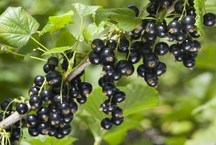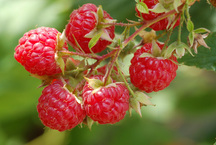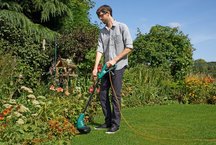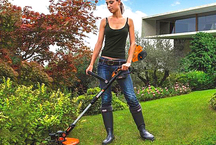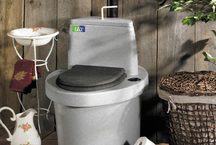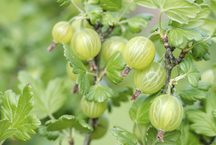6 best varieties of red currant
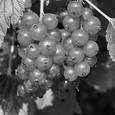
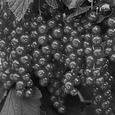


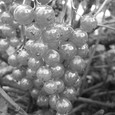
Redcurrant has fewer fans than black sister. Often it is combined into one group with other colored varieties: pink and white. According to the content of vitamins and taste, red currant adequately competes for a place on the site with other berry crops. However, it is not necessary to engage in the search for a fresh-sweet variety: the berries of all red varieties are always sour, only the degree of manifestation changes. In our ranking you will find Description of the best varieties of red currant, photos, reviews of gardeners.
Summer residents are interested in large-fruited, winter-hardy, early ripe and resistant to pests and diseases of the red currant variety. Red currant is more likely to suffer from glass-case, red-gall aphid, powdery mildew and anthracnose. Therefore, varieties resistant to these diseases and pests are highly valued. Different regions have their own “worst enemy” currants, therefore, it is necessary to choose resistant varieties taking into account this factor. Why in the Volga region plant a variety resistant to red-gall aphid, when this pest is not widespread in the region, and the plantings perish from glass-case.
In addition to those described in the ranking of the best (according to experts and gardeners) red currant varieties, experienced currant growers recommend paying attention to: Dan, Detwan, Roland, Ronde, Jammer, Summer Gift, Vika. It is possible that these varieties in your conditions will manifest themselves in a dignified manner.
Rating the best varieties of red currant
| Category | A place | Name | Rating | Price |
|---|---|---|---|---|
| The best early varieties of red currants | 1 | Jonkheer Van Tets | 9.8 / 10 | 230 |
| 2 | Early sweet | 9.7 / 10 | 300 | |
| The best mid-season varieties of red currants | 1 | Natalie | 9.8 / 10 | 230 |
| The best late varieties of red currants | 1 | Rosette | 9.8 / 10 | 370 |
| 2 | Dar Orla | 9.8 / 10 | 350 | |
| 3 | Rovada | 9.7 / 10 | 250 |
The best early varieties of red currants
|
Jonkheer Van Tets
230 (two years old in a package with peat)
Opens our ranking of the best varieties of red currant mid-early universal Dutch variety, zoned in Russia. The bush is powerful, tall, with a thick crown. Increases growth intensively. The brushes have an average density, up to 10 cm long. Berries weighing 0.7-1.1 g, bright scarlet, the skin is dense, few seeds are large. Taste is sweet, sour. When ripe, the berry does not peel off, the brush matures evenly. The average productivity of an adult bush is 6.5-8 kg. A variety with medium samoplodnost, therefore, the presence of pollinator varieties is desirable. It shows good winter hardiness and powdery mildew resistance, is rarely affected by anthracnose and bud mite. Approved for cultivation in the North-West, Central Black Earth and Volga-Vyatka regions. There is a positive growing experience in the Moscow, Ryazan regions and Siberia.
Main advantages:
Minuses:
|
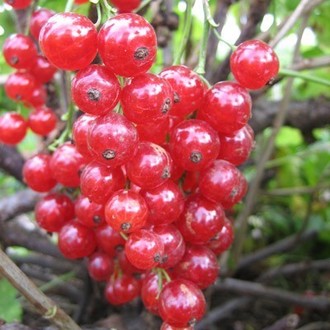 9.8 / 10
Rating
Reviews
Good red currants for processing, the berries are acidic, but the yield is stable. |
|
Early sweet
300 (two-year-old in a container)
Old early red currant variety with good immunity. The shrub is medium thick, moderately sprawling, with a neat compact crown. Shoots srednevetvistye. Brushes are dense, from 8 - 9 to 12 - 15 cm long. Berries weighing 0.6 - 0.9 g, juicy-red, with a dry separation, with small seeds, the size of berries in the brush vary from medium to small, resistant shedding. The taste is sweet and sour, refreshing. The yield of an adult bush 3.5 - 4 kg, stable. The variety opens the season of red currants.It exhibits excellent winter hardiness and resistance to pests and diseases, but is moderately susceptible to anthracnose. Recommended for cultivation in the middle zone and Siberia.
Main advantages:
Minuses:
|
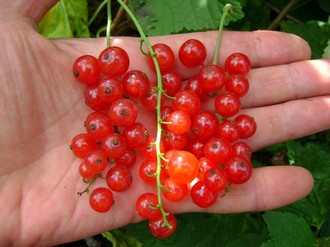 9.7 / 10
Rating
Reviews
The best sort of red currant for the Moscow region. In my collection, the berries of this variety receive the highest tasting rating. |
The best mid-season varieties of red currants
|
Natalie
230 (two years old in a package with peat)
Productive mid-season variety of red currants. The shrub has an average growth force and a thick spreading crown. Brushes are dense, up to 8 - 9 cm long. Berries weighing 0.7 - 1.0 g, bright red, sour-sweet. Dry break, excellent taste and a small amount of small seeds make the variety suitable for both fresh consumption and processing. The average productivity of a single bush is up to 4 kg. The variety with a high degree of self-fertility, therefore, shows a stable yield, even in unfavorable years for pollination. It shows high resistance to diseases and pests in the field. Recommended for cultivation in Central Russia, the Urals and Siberia.
Main advantages:
Minuses:
|
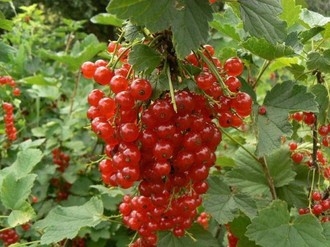 9.8 / 10
Rating
Reviews
I planted two bushes of this variety for a long time, and I am not going to refuse it. Fully consistent with my ideas about a good variety of red currants for the Moscow region. |
The best late varieties of red currants
|
Rosette
370 (two-year-old in a container)
Late-ripe universal Dutch variety of red currants. The bush grows quickly, of medium size, the crown is compressed, compact. The shoots are powerful, upright. Brushes 12–15 cm long. Berries weighing 0.7–1.5 g, scarlet, shiny, leveled, excellent taste and pronounced aroma, do not crumble. Harvest is convenient to collect tassels. The average productivity of an adult bush is 2.8 - 3.5 kg. Trellis cultivation technology is recommended for the variety. It has good heat resistance and drought resistance, high winter resistance. This bite of red currant has worked well in the Moscow region and the Middle Belt.
Main advantages:
Minuses:
|
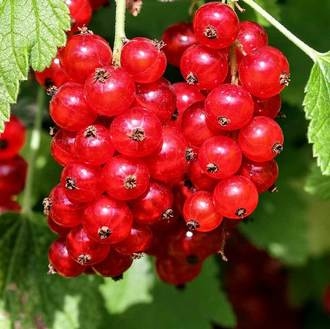 9.8 / 10
Rating
Reviews
Brushes up to 12 cm, with a strong aroma. During the years of cultivation, she did not encounter pea and berry drops. |
|
Dar Orla
350 (two-year-old in a container)
Dessert variety of red currants with a late ripening. A bush with a high force of growth, sprawling, with a dense crown. Brushes are dense, 10-15 cm long. In favorable years, more than 20 berries are tied in one brush. The berries are red, leveled, weighing 0.5 - 0.8 g, ripen unevenly, sweet with a pleasant sourness, dry separation. The chemical composition of the berries explains their value for making jellies and compotes. The yield of a developed bush at the level of 6 - 10 kg and more. The variety has a high immunity. Later flowering eliminates the risk of frosting of the ovaries. High self-fertility provides a stable yield, even in adverse weather during the flowering period. Grade tests in Western Siberia and the Altai Territory. Good results, according to reviews, are gardeners of the Ryazan region and the Moscow region.
Main advantages:
Minuses:
|
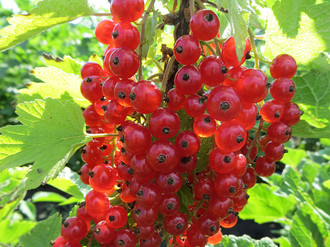 9.8 / 10
Rating
Reviews
The best sort of red currant to eat from the bush, the taste is amazing! Ripening in the brush and on the bush as a whole is slightly stretched, the berries do not crumble to frost. |
|
Rovada
250 (two years old in a package with peat)
Middle-late Dutch variety with extended fruiting period (30 - 45 days). The berries while not overripe and not showered. Bushes are powerful, tall. Strong shoots, strong branching. Brushes are dense, from 10 - 12 to 15 - 20 cm long. Berries weighing 0.6 - 1.0 g, dark red, with a dry separation, a classic sweet-sour taste, with a faint aroma, are stored without refrigeration without loss of quality. more than 7 days. Shows high productivity, barren flower is absent. With a single bush with proper care and high agricultural technology, up to 10 kg of large one-dimensional berries are harvested. Transportability and decent yield are valuable attributes of commercial varieties. The shifted flowering periods protect the bushes from recurrent frosts. It is highly resistant to disease, but moderately susceptible to anthracnose. It is successfully grown in the Volga-Vyatka region and the Moscow region.
Main advantages:
Minuses:
|
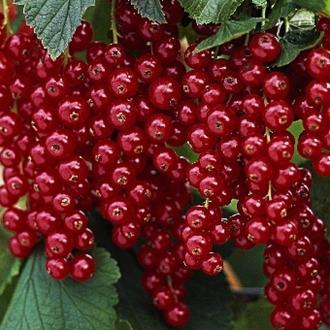 9.7 / 10
Rating
Reviews
An excellent sort of red currant for the Moscow region and central Russia, with long tassels and large berries. The set of berries in the brush is 100%, the berries are aligned. |
How to plant and grow red currants: tips
- For planting red currants, sunny areas with loose nutrient soil are always taken away.
- All varieties tolerate very poor shading.
- Preventive treatments and agrotechnical measures are mandatory in containing pathogens and pests. Varieties of red currant with absolute resistance to a complex of harmful objects have not yet been derived.
- Dutch varieties have more attractive characteristics, but often they have worthy competitors among the zoned varieties of Russian selection. This is partly due to the fact that imported varieties cannot fully realize their potential in our climate.
- When laying a collection of varieties can not be guided only by the description on the site-seller of saplings. There, as a rule, only commercial information is placed and important features are omitted. It is better to trust independent official sources: catalogs of varieties, conclusions and reports of pomological commissions, scientific publications.
- Reviews gardeners need to be able to analyze: they may be contradictory due to regrading. Not the last role is played by the condition of the soil and agricultural technology.
Have a good harvest!
